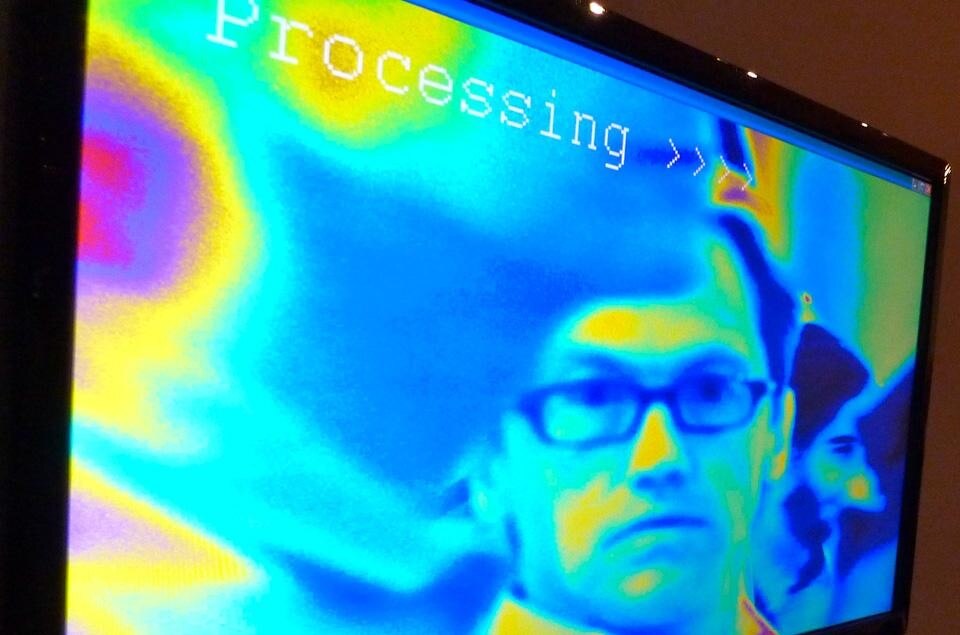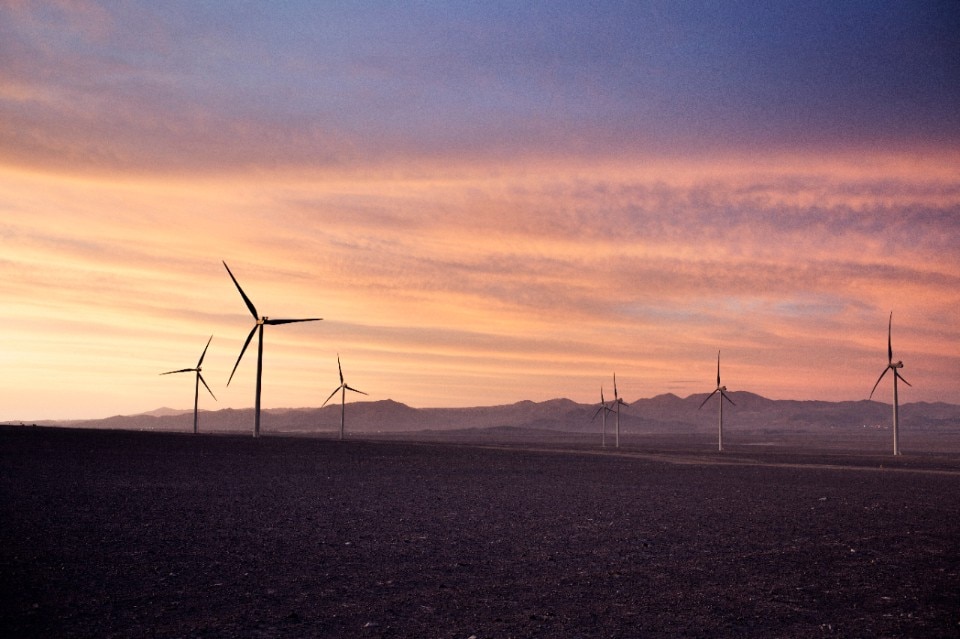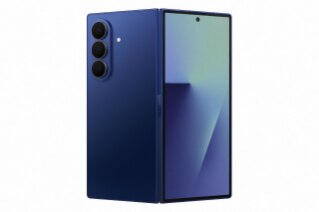The New Aesthetic was introduced[1] just over a year ago by James Bridle. Its surreptitious arrival wouldn't have allowed to guess that it would become one of the hottest topics in the contemporary visual culture debate. The international dissemination of this critical interest towards the area of transition between real and digital, physical and virtual, man and machine was further accelerated in March with Bruce Sterling's epic essay on Wired, which set off a series of interesting chain reactions[2] in the world of culture and visual arts between the defenders of this "thing" and those that want to cut it down to size.
Bridle did not begin with a manifesto, or with a peremptory declaration of intentions. On the contrary: he simply raised the question, creating a platform for further discussion via links and images using the most opportune media, Tumblr. This approach was deliberately more that of a "curator" than a "theorist": the act of micro-blogging has been immensely useful in progressively describing something that on 6 May 2011 Bridle, by his own admission, had only a vague idea about.
In fact, the New Aesthetic — or in more new-aesthetic terms: #NA — is not, and has never been, something completely defined, or even a movement [3]. Bridle is perfectly aware that what he almost involuntarily[4] came up with a name for was, right from the start, a working hypothesis, a happy intuition that is enriched gradually as it is re-surfaces and is re-shared on the Internet.
This is the first, real novelty about the New Aesthetic: the fact that it is an embryo of theory in crowdsourcing, still in the course of being articulated. It is extraordinary to observe the effects of its "making" in real time, online, in a live debate on a planetary scale that everyone can take part in and, at least potentially, contribute to. It is the first time that something of the kind has occurred at a global scale and this for the #NA is already in itself a result of great prominence.
The problem at this point is that, as Bridle has often observed, perhaps the definition "The New Aesthetic" is somewhat imprecise, both from a semantic and conceptual point of view.
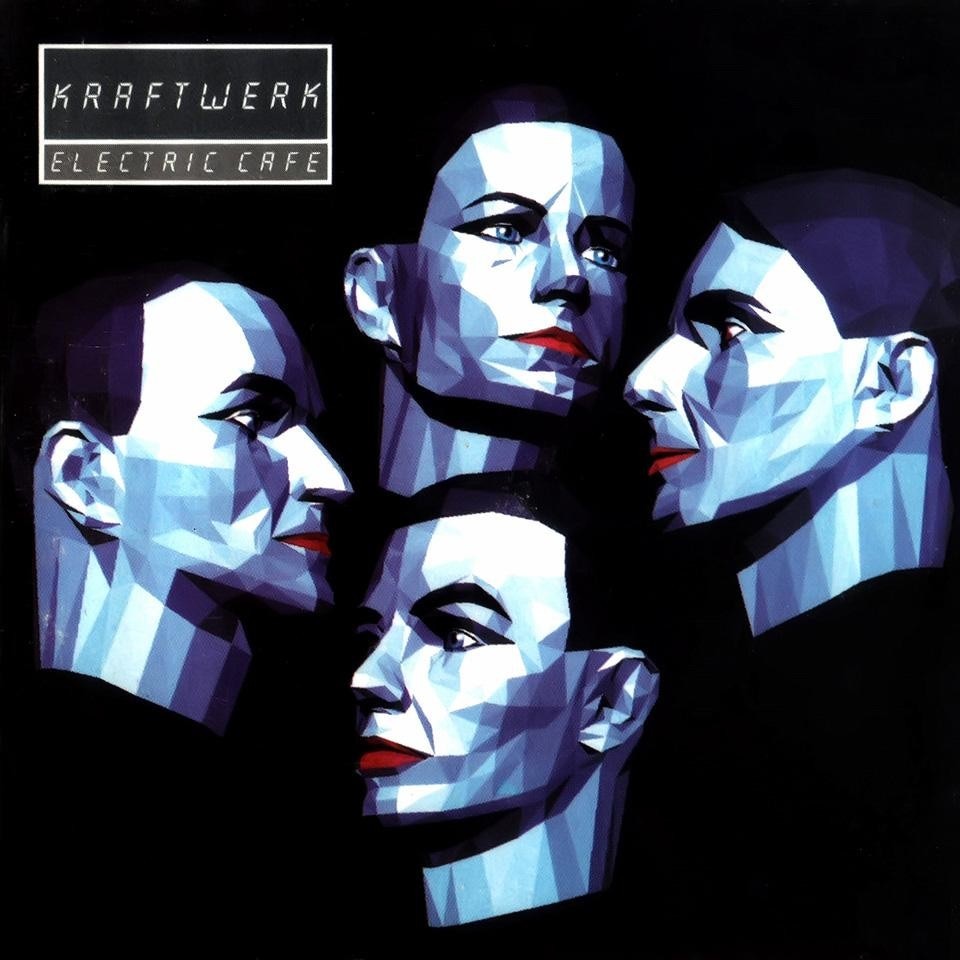
Referring to this novel thing with the term "The New Aesthetic" can lead to misunderstandings and hours of discussion on whether is is acceptable — now that the term has been inexorably launched — or not.
The limit — or the advantage — of the New Aesthetic as an aesthetic, at the stage of a work in progress in which today it is found, is its lack of theoretical structure. It is an embryo of theory that is taking shape by accumulation and reiteration of information, via brute force attack from which, presumably, can arise a form of interpretation. A sum of concrete examples, a collection of "what #NA could be", potentially extendable to the infinite. In this I fully agree with Bruce Sterling's observation: "The New Aesthetic is a genuine aesthetic movement with a weak aesthetic metaphysics." [5]
Deliberately or not, the #NA seems to intend "aesthetics" as a kind of mood, taste: perhaps closer to a style — of the overall formal traits that characterise a language in its historical era — rather than a true aesthetic, the study of the relationship between critical subject and object with the aim of drawing value judgements.
It is precisely with this lack of structure that looking further, we witness further side effects. The adjective "new" is also problematic: admitting that the term "aesthetic" is opportune, to define completely this movement as "new" is not such a foregone conclusion.
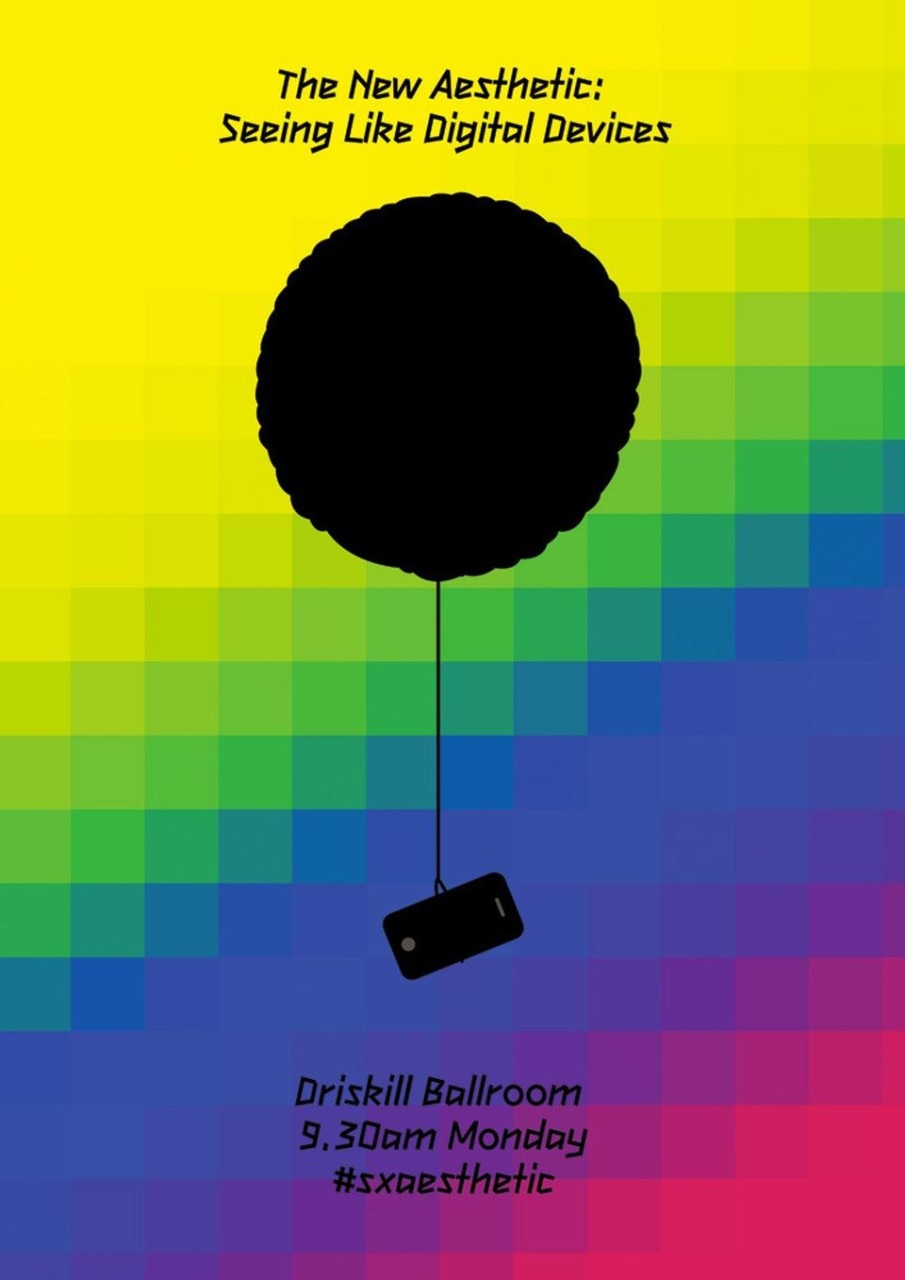
I have already said elsewhere that nothing is created from nothing. In evolution nature non facit saltus. Even human nature obeys the same rules: it moves forward by trial and error, proceeding in small or large steps with a certain continuity. This is also the case with ideas. They, however, are at an advantage, moving and evolving much more quickly than the biological world. Ideas undergo mutations and paradigmatic leaps even over the course of the same generation.
Sometimes someone can see further ahead than the others: reinterpreting, remixing what is available with original results. This is why in the artistic field many avant-garde productions or movements have been defined with the adjective "new": Dolce Stilnovo, Art Nouveau, Neue Sachlickkeit, Neorealismo, to name but a few. They are particular, fortunate historic-cultural moments in which things started to be seen in a different way, from diverse angles.
Often these new sensibilities come about interpreting or anticipating profound changes in society and technology. Two examples: there is no doubt about the close relationship between the avant-garde of the early 1900s and the industrial and social innovations of the Machine Age; or that between Pop Art and the epoch-making progress in the world of communication and marketing following World War II.
The closer we get to the present, the more binding is the relationship of new artistic sensibility with its time: indirectly, if we showed a contemporary avant-garde artistic product to an audience of fifty years ago — even an educated one — they would probably not have the critical and cultural tools to decipher it.
Question: can we affirm, therefore, that from a historical perspective the New Aesthetic is the latest of the many new aesthetics that have followed on over the course of the centuries, the latest leap forward of a fortunate series? Not exactly: I would say this time things are a bit more complicated.
First and foremost we have a serious problem: is it really "New"? Is it really avant-garde? If we look back a bit, in fact, the fascination of the arts and visual culture for the overlap between digital and real has been with us for at least four decades: anyone familiar with Kraftwerk knows what I'm talking about.
Since then a lot of things have changed. Digital has become, over time, an integral part of our lives in ways that are increasingly natural, as invisible as they are decisive. We don't perceive it any longer as something extraneous, other than us: it is a tool like any other, a tool like the many we have always used over the course of history.
The real story is that men tend to create, to project meaning even where there isn't one. It's how we're made: there is a bug in our mind that has always made us find meanings, or seek a soul even in inanimate things
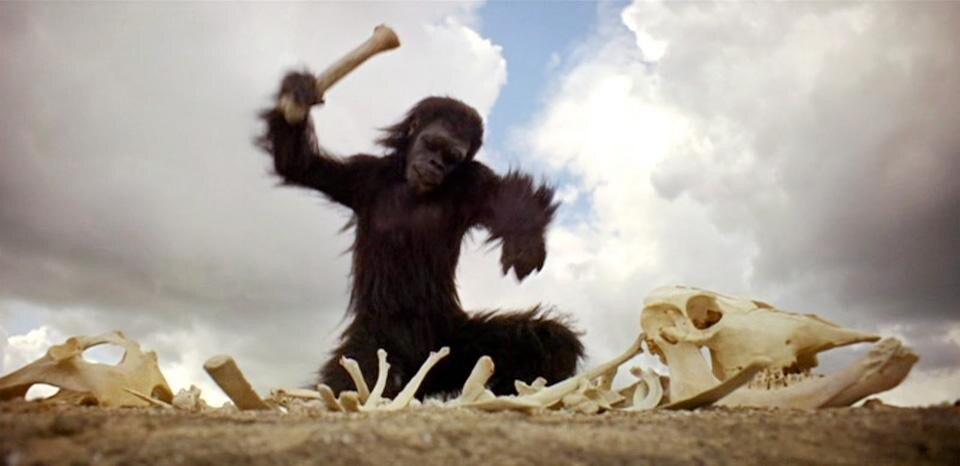
What are machines? Our tools, extensions of our body, technological prostheses.
Unlike most living beings, man has consciously invented and used increasingly evolved and refined instruments and add-ons to increase and multiply capacities. All extensions, implementations of our limited being, that we use to our advantage and according to our needs.[6]
Alongside survival and livelihood, supremacy over the environment and satisfaction of primary needs, more refined needs have gradually gained space — sociality, communication, cultural growth, self-congratulation — that furthered the creation of artificial instruments at our service, increasing our capacities, or creating new ones.
All these things are our product and their output — whether it be in a form that is comprehensible to all, or in the form of a code — has been conceived by man in such a way that it can be read and decoded by our senses, or by other tools and machines at our service.
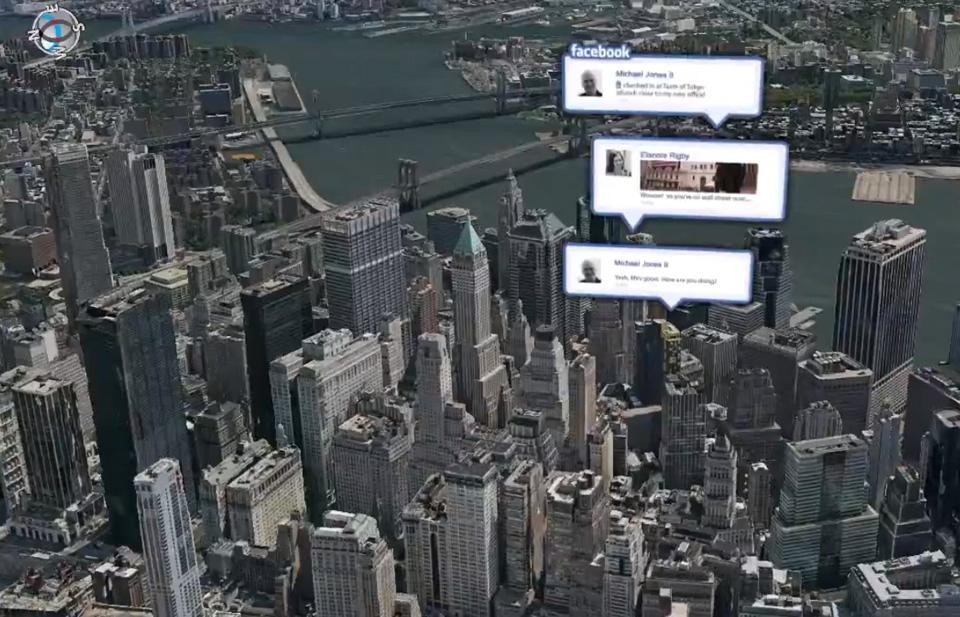
I hope it is clear to all that machines, for now, are designed and produced by man for man.
Today's fascinating drones do not move by autonomous will: they wouldn't even able to take off it men did not guide them from a distance or programmed a flight plan. The cameras of drones (like any remote control system) look at what we want to look at. Armed military drones hit our targets. The fantastic drone swarms of Gramazio & Kohler construct buildings in polystyrene based on very human, Swiss calculations.
A few other examples. It would make no sense for an X-ray visor to have as an output another X-ray image, visible by whom, nobody knows: the result of a scan is always visualised on a display that transmits images in the range of visibility of the human eye. [7]
The first three-dimensional scanners (but also the early versions of programmes for 3D modelling for workstations as big as wardrobes) had computational limits that brought about the discretization of complex objects, simplified into points in systems of polygonal meshes. The first animated three-dimensional rendering in history is the animation of the polygonal model of a hand done by Ed Catmuall and his newly born Pixar in 1972.
Today these lo-res polygonal visualisations in the world of 3D graphics are just a memory: the trend, also thanks to increasingly sophisticated processors and technologies, is for increasingly accurate, seamless three-dimensional renderings.
We want our machines to render something realistic, and to have at our disposal representations of reality with the maximum definition available: to speak of low-resolution in the era of retina display and seamless 3D, fibre optics, and 200FPS risks seeming like a rather retro quirk.
I would say therefore that yes, machines do see us but they see us in the ways that we have programmed them to see us, with the best technological possibilities of the moment. They see us in the most opportune and advantageous manner, based on their function and the technology available. With the passing of time and technological development, these ways will be increasingly less artificial. Ways that we — humans — have chosen and created to evolve to our service, or for our pleasure. At the end of the day, and at least for now, machines that look at us with our own eyes.
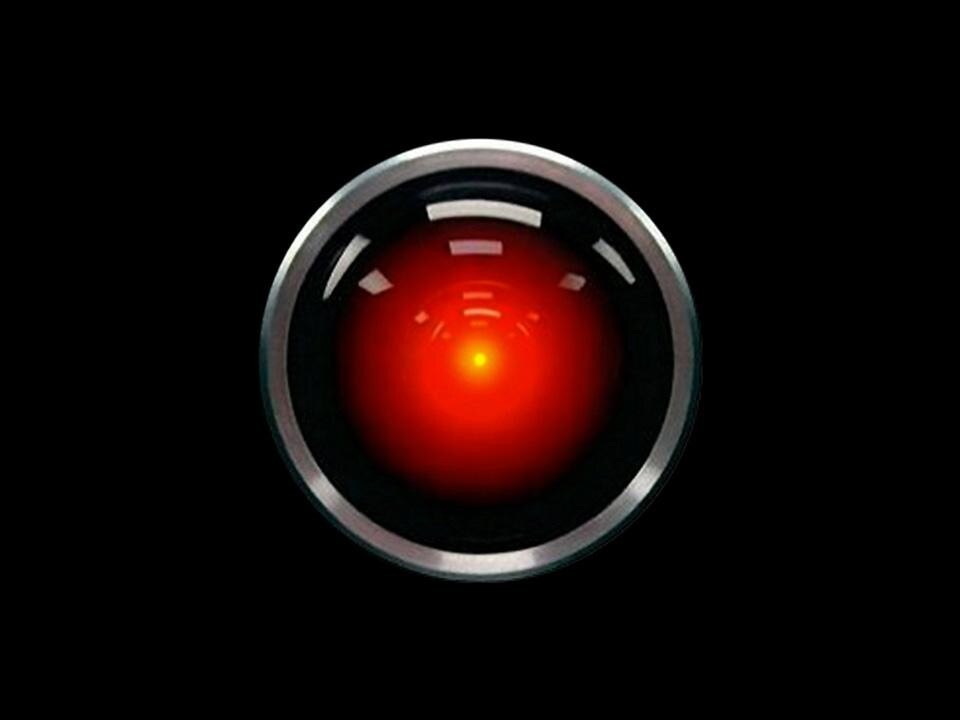
Like the retro-glam filters of Instagram, we could say that #NA also uses conceptual filters with which it selects and alters the presumed object of interest. And rarely an aesthetic, or the judgement of aesthetic value, uses filters.
The real story is that men tend to create, to project meaning even where there isn't one. It's how we're made: there is a bug in our mind that has always made us find meanings, or seek a soul even in inanimate things.
The reflection of man around the concept of "thing" has engaged without respite the greatest philosophers of all times. In the last ten years, w've witnessed a progressive "reification" of man and a presumed "sensibilisation" of the organic, of the non-human: think of the Cyberpunk culture (one of the theoretical fathers of which is Sterling himself) or the speculations of Object Oriented Ontology ("OOO").
As men we are intellectually, philosophically, literally fascinated by the "thing". And this fascination for the inorganic, this projecting life and meaning where it is absent, is what we are made of. These infused meanings have produced interesting results in both philosophy and literature; but which, at the end of the day, always represent man looking at himself in the mirror. And the #NA, for now, is an extreme incarnation of it in the visual field.
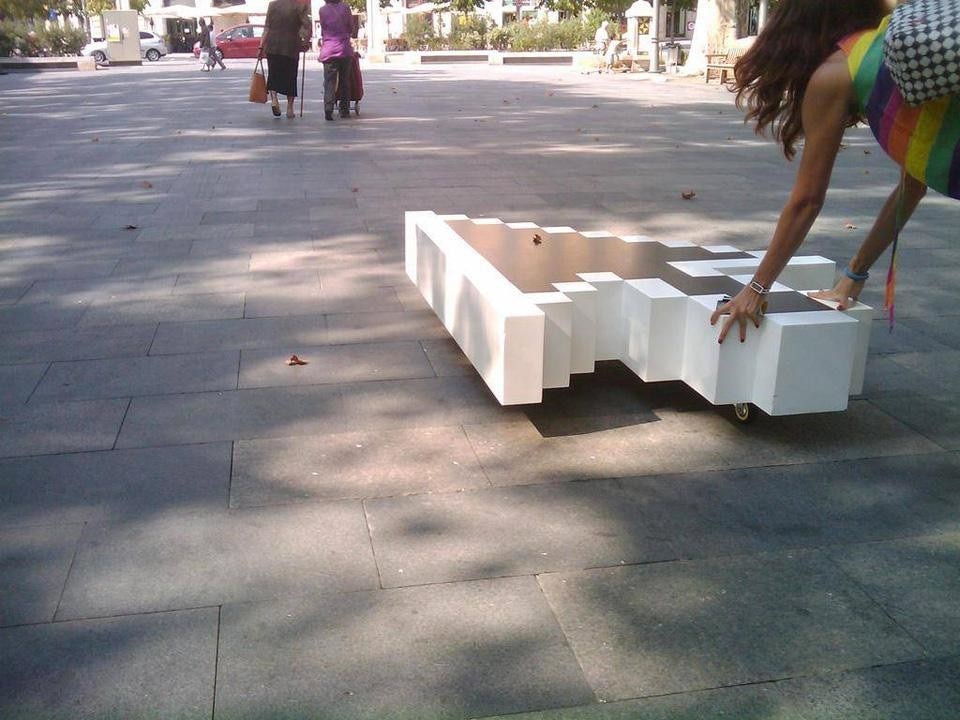
I have an extreme admiration for Sterling and agree with 95% of his article in Wired. But I would venture to say that I am not be completely in agreement with him when, listing from his point of view the limitations of #NA, Sterling speaks of the failure of Artificial Intelligence (AI) over recent decades: "Artificial Intelligence [...] is a failed twentieth-century research campaign, reduced to a sci-fi conceit."[8]
I see it differently: if we observe carefully, AI has not failed. There is much more of it around than there would seem to be: its role has been developed in the solution of single specific problems of extreme complexity, and its presence is, in technical terms, in the background, dissimulated by fluid, reassuring user-interfaces. There is very sophisticated AI in the ESP and ABS of our cars, as there is in the process of algorithms of voice recognition, in OCR digitalisation programmes for writing, or in systems of weather forecasting. It is there, in the background, working and there is no need for us to notice it.
We could describe it as "service" artificial intelligence, sophisticated but without autonomous will. Incapable of expressing new meaning, or capable of doing so only partially, programmed by man with this aim. For now.
Of course it won't always be like this. If alongside the growing capacity of processors we place the progressive — and inexorable — improvement of operating systems, we can be certain that there will come a time when machines will have more equivalent synapses and neurones than ours: they will gradually become more intelligent, more refined, perhaps even more cultured than us. There will come a day when we will see the production of the ultimate processor, the ultimate operating system, or the ultimate machine on the part of man.
Then it will be surpassed. Machines will perhaps learn to be autonomous, to decide to reproduce, to implement their own capacities and their own judgement criteria, to evolve according to their own courses, regardless of our thousands of years of experience: they will not necessarily find useful our information, culture, or memes.
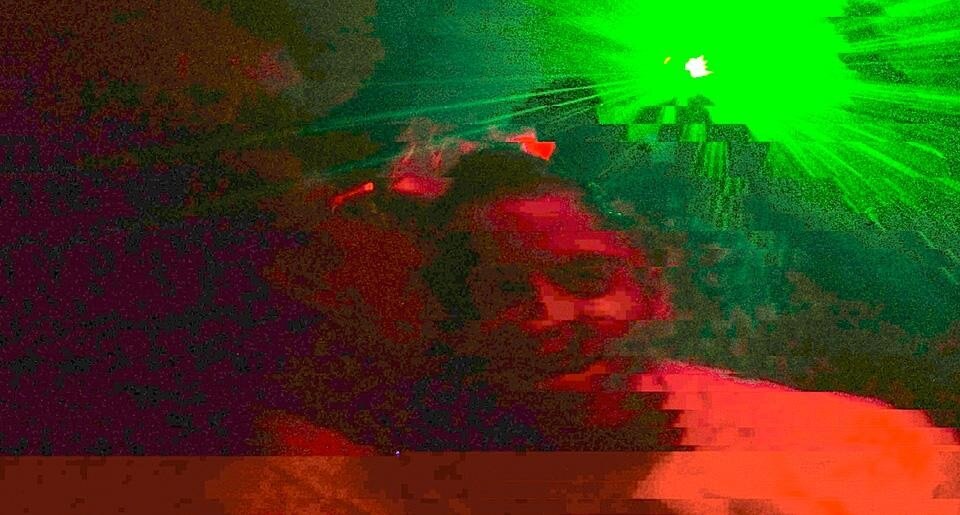
Answering this essay's titular question, Do androids dream of an electric aesthetic?, at least for now I would say definitely not. We do not yet run the risk of stupefying ourselves in this way. For many years no machine will tell of C-beams glitter in the dark near the Tannhauser gate: countless Blue Screens Of Death still await us along the way.
In the meantime, the New Aesthetic is a very refined product of our time, within the limits of things that are as yet unripe, in the course of being defined. Even if programmatically it intends to explore the inner life of the machine, for now it grasps "reassuring" fragments, almost familiar (pixels and 1980s polygons, artefacts, fails and BSODs, methods for confusing face-detection alogorithms). All in all, the New Aesthetic grasps precisely that which, in the end, we humans expect of machines: their visibility, their recognisability, if we like also their fallibility. The way in which technology today pervades our lives, invisibly slipping into every aspect of our daily lives — in a less Tumblr-genic and perhaps much more disturbing way —, for now appears to not be of importance.
It is always very difficult to look at the big picture from inside. But the potential of this new sensibility is immense, and much of it is still unexpressed: I am certain that if it moves from the phase of mood-board (or of "Bridlebot", in the words of Sterling), if it succeeds in acquiring greater structure, if it opens its eyes and pins back its ears, the New Aesthetic — today still in a rough state — could be the first, real global avant-garde of the millennium. A collector of experiences and critical visions finally projected forward, beyond this eternal present with its short memory. Able to gather, and hopefully also generate, new theoretical and formal approaches.
PS. In the meantime, I note that countless spambots are automatically re-tweeting with the hashtag #NewAesthetic. Should we be concerned? Luca Silenzi (@spacelab_it)
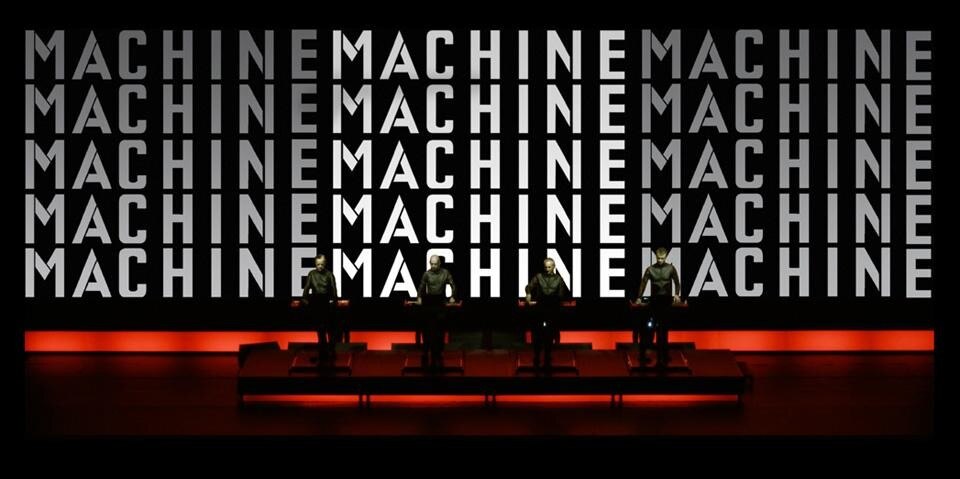
[1] The official date of birth of the topic of the #NA is 6 May 2011: first with a post by Bridle on the RIG blog, then with the creation, also by Bridle, of The New Aesthetic Tumblr.
[2] Those who "responded" to Sterling's provocations include: The Creators Project, Warren Ellis, Dan Catt, Rahel Aima, Greg Borenstein, Ian Bogost.
[3] Even though many think this is a shame, and declare it excessive modesty.
[4] Bridle said in a Design Observer interview that the term was somewhat broad: in hindsight, it's not great but it seems to work.
[5] Bruce Sterling, "An Essay on the New Aesthetic", cit.
[6] It is useful to also remember the "dark side" of this line of thought: many technical and technological innovations in human history were intially conceived or developed for miltary or war purposes: tools to the advantage to some and the detriment of others.
[7] The fact that the image is green is due to technical matters (the scan, that is done via a "photocathode tube" sensitive to the X-ray illuminator, is still today transmitted to a phosphorus green screen that functions as a monitor).
[8] Bruce Sterling, "An Essay on the New Aesthetic", cit.

For a new ecology of living
Ada Bursi’s legacy is transformed into an exam project of the two-year Interior Design specialist program at IED Turin, unfolding a narrative on contemporary living, between ecology, spatial flexibility, and social awareness.


